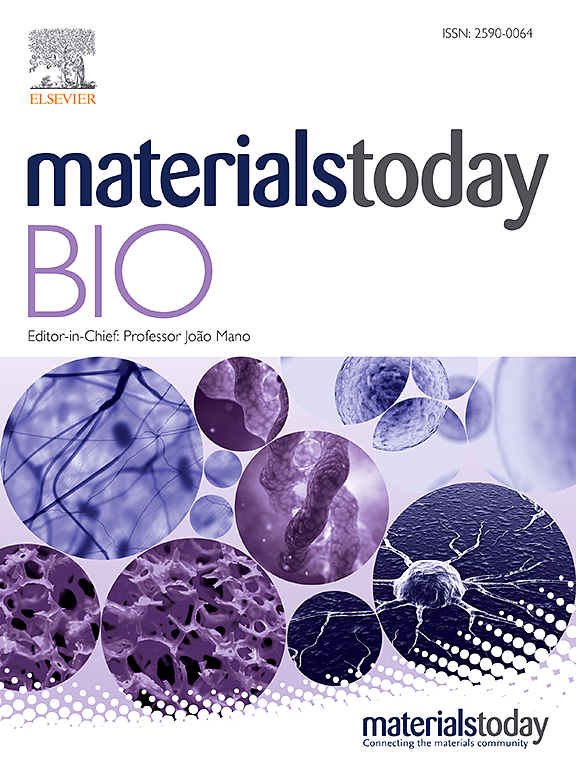Engineering DNA nanopores: from structural evolution to sensing and transport
IF 10.2
1区 医学
Q1 ENGINEERING, BIOMEDICAL
引用次数: 0
Abstract
Synthetic nanopores, inspired by natural ion channels and nuclear pore complexes, hold immense potential for elucidating cellular transport mechanisms and enhancing molecular sensing technologies. DNA nanotechnology, particularly DNA origami, stands out as a transformative platform for designing biomimetic nanopores, leveraging its biocompatibility, structural programmability, and mechanical tunability. This review traces the structural evolution of DNA nanopores across three phases: early hybrid designs with solid-state platforms, vertically-inserted nanopores in lipid bilayers, and horizontally-arranged nanopores with advanced functionalities. Unlike prior reviews, we integrate this progression with critical insights into limitations—such as stability, scalability, and noise—while highlighting breakthroughs in single-molecule sensing and controlled transmembrane transport. We conclude by outlining strategies for next-generation DNA nanopores, offering a roadmap for their optimization in synthetic biology and nanomedicine.

工程DNA纳米孔:从结构进化到传感和运输
受天然离子通道和核孔复合物的启发,合成纳米孔在阐明细胞转运机制和增强分子传感技术方面具有巨大的潜力。DNA纳米技术,特别是DNA折纸,作为设计仿生纳米孔的变革性平台脱颖而出,利用其生物相容性,结构可编程性和机械可调性。本文回顾了DNA纳米孔在三个阶段的结构演变:具有固态平台的早期混合设计,脂质双层中垂直插入的纳米孔,以及具有高级功能的水平排列的纳米孔。与之前的综述不同,我们将这一进展与对稳定性、可扩展性和噪声等局限性的关键见解结合起来,同时强调了单分子传感和受控跨膜运输方面的突破。最后,我们概述了下一代DNA纳米孔的策略,为其在合成生物学和纳米医学中的优化提供了路线图。
本文章由计算机程序翻译,如有差异,请以英文原文为准。
求助全文
约1分钟内获得全文
求助全文
来源期刊

Materials Today Bio
Multiple-
CiteScore
8.30
自引率
4.90%
发文量
303
审稿时长
30 days
期刊介绍:
Materials Today Bio is a multidisciplinary journal that specializes in the intersection between biology and materials science, chemistry, physics, engineering, and medicine. It covers various aspects such as the design and assembly of new structures, their interaction with biological systems, functionalization, bioimaging, therapies, and diagnostics in healthcare. The journal aims to showcase the most significant advancements and discoveries in this field. As part of the Materials Today family, Materials Today Bio provides rigorous peer review, quick decision-making, and high visibility for authors. It is indexed in Scopus, PubMed Central, Emerging Sources, Citation Index (ESCI), and Directory of Open Access Journals (DOAJ).
 求助内容:
求助内容: 应助结果提醒方式:
应助结果提醒方式:


